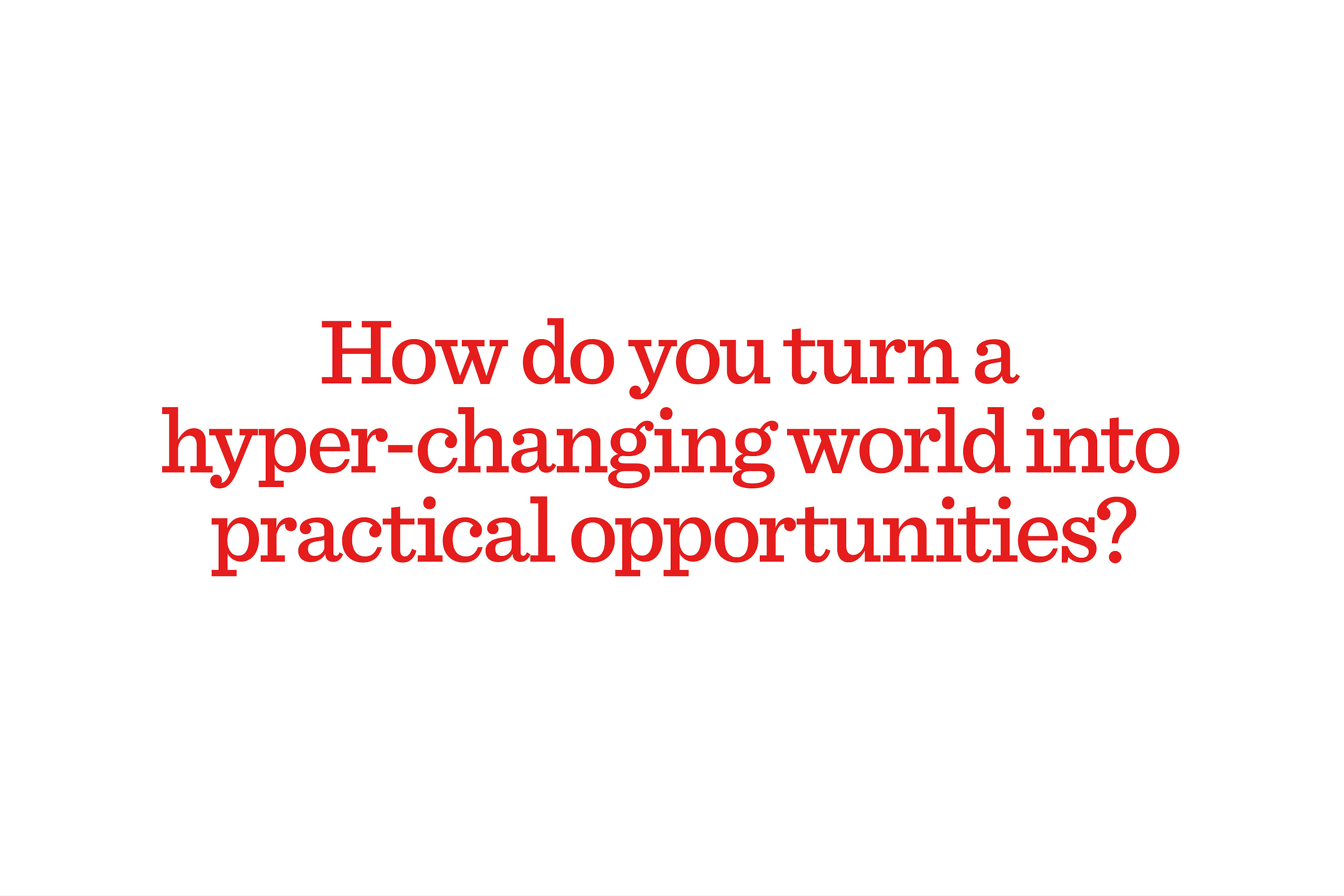
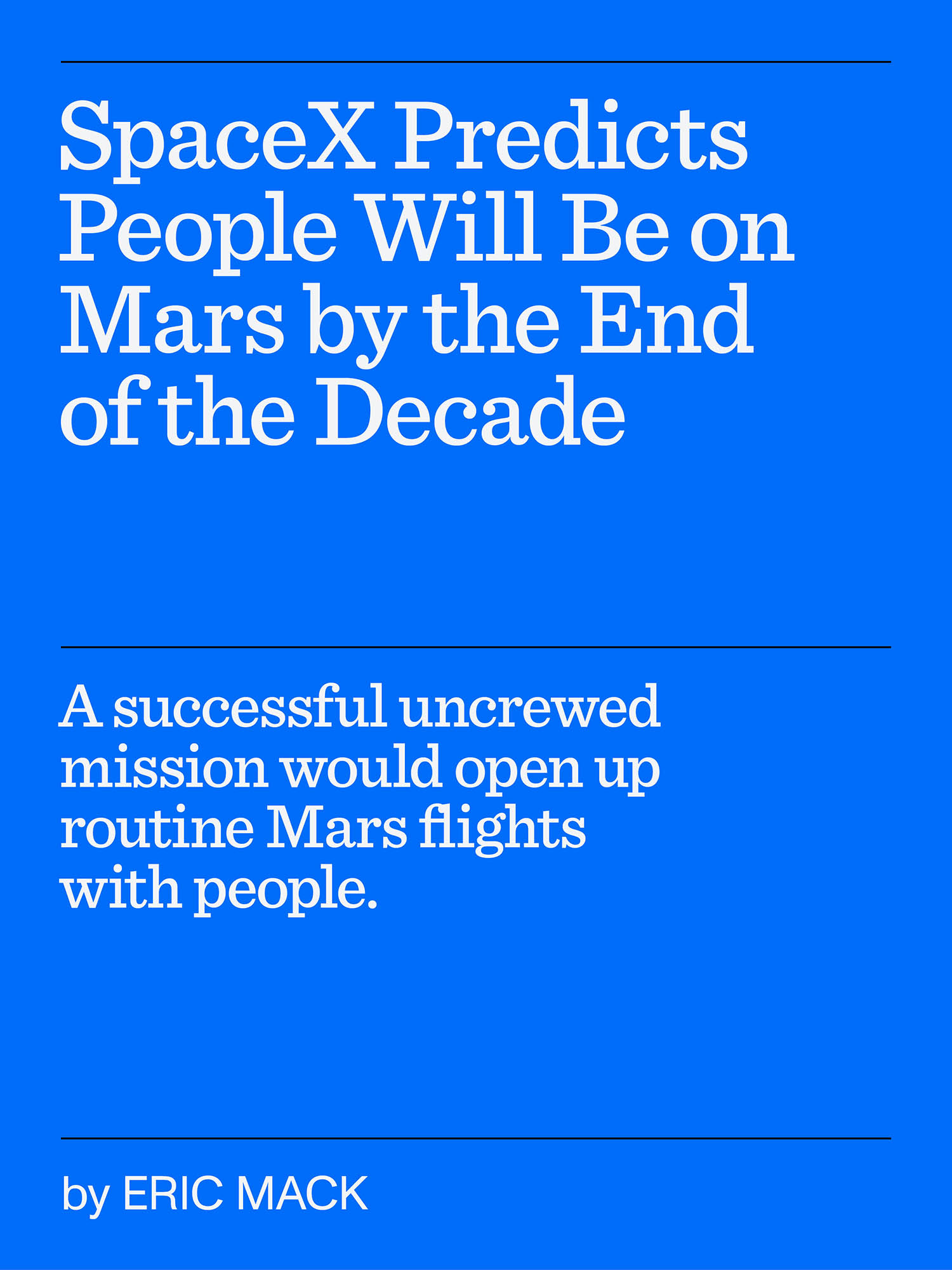



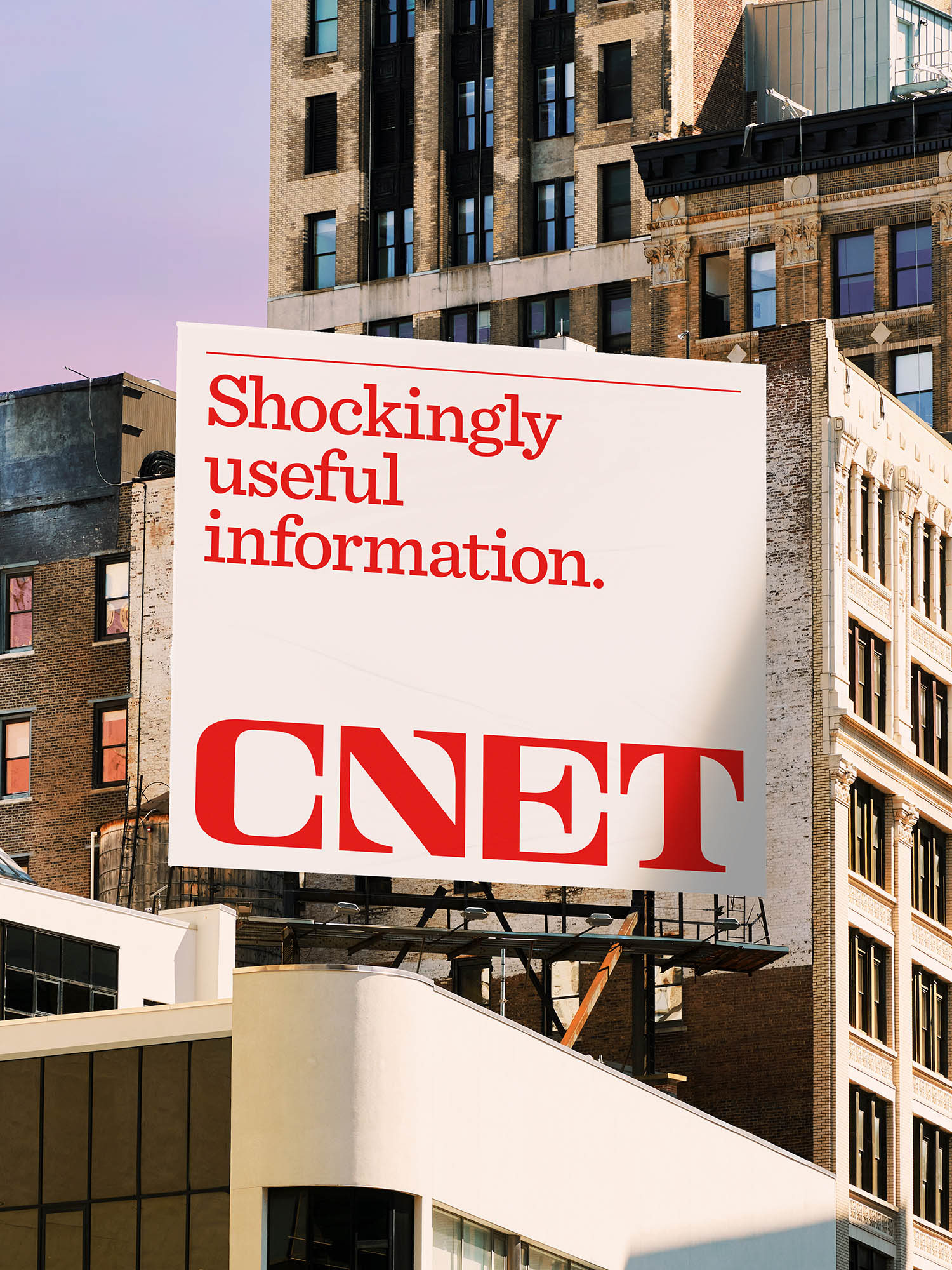
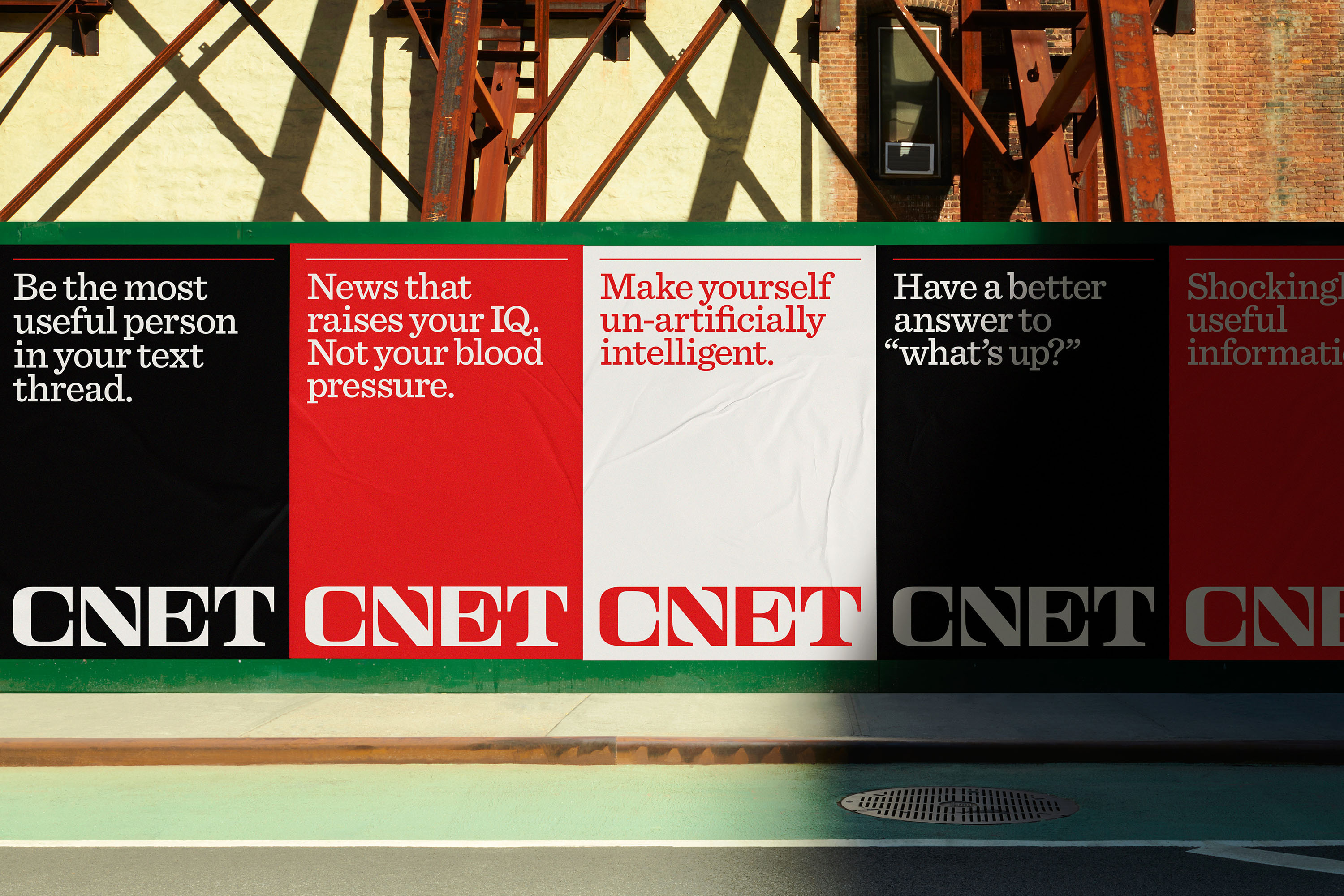

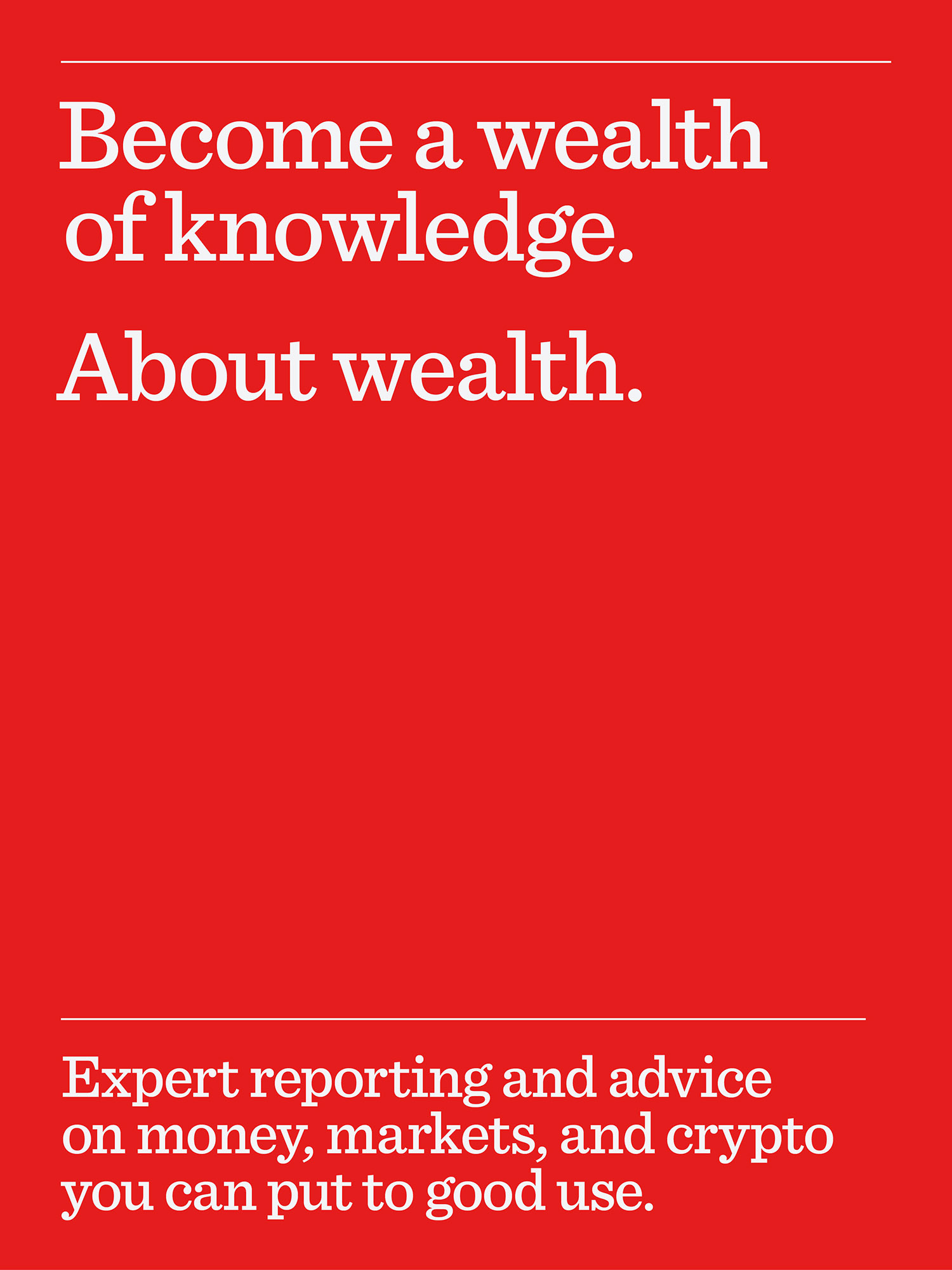

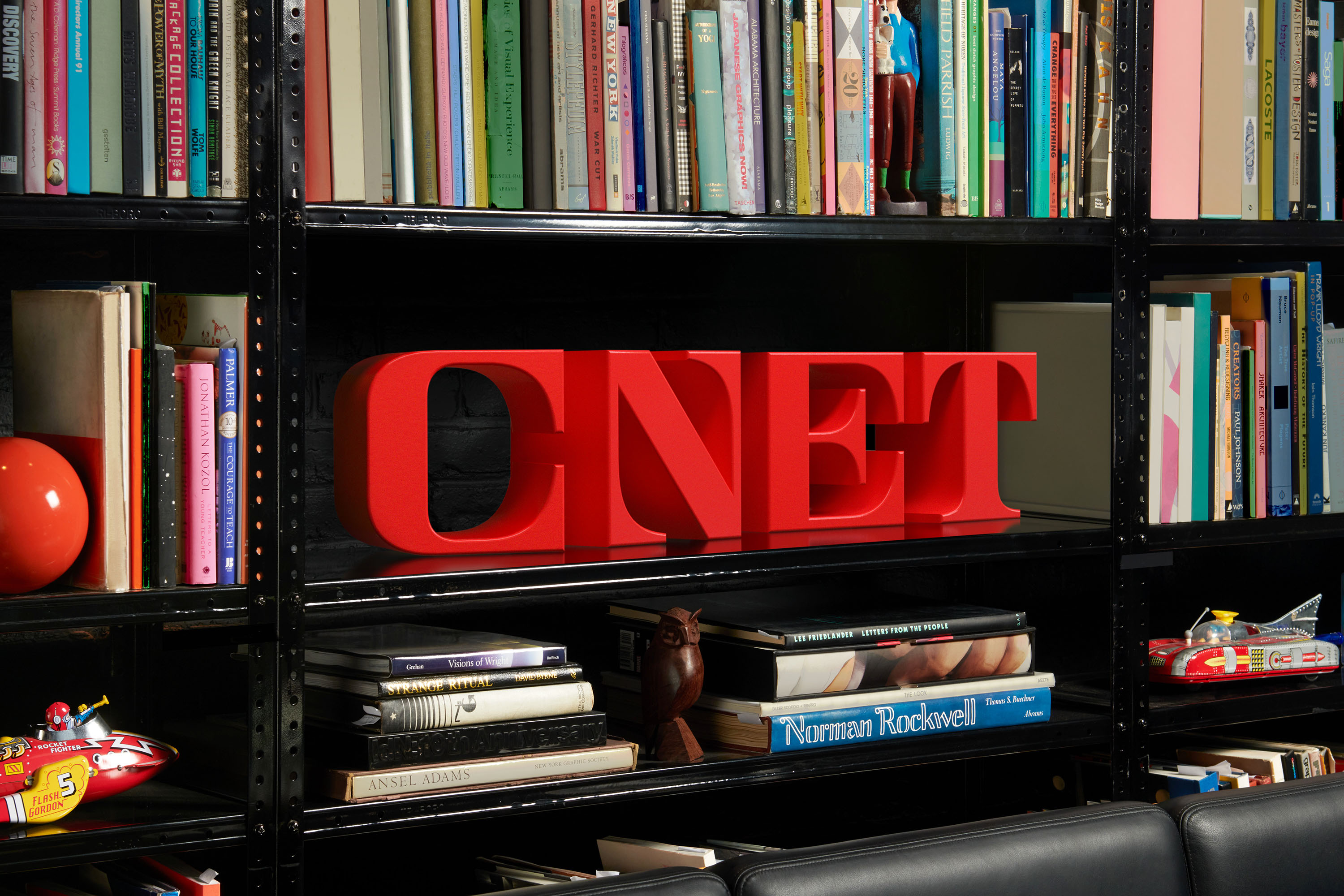
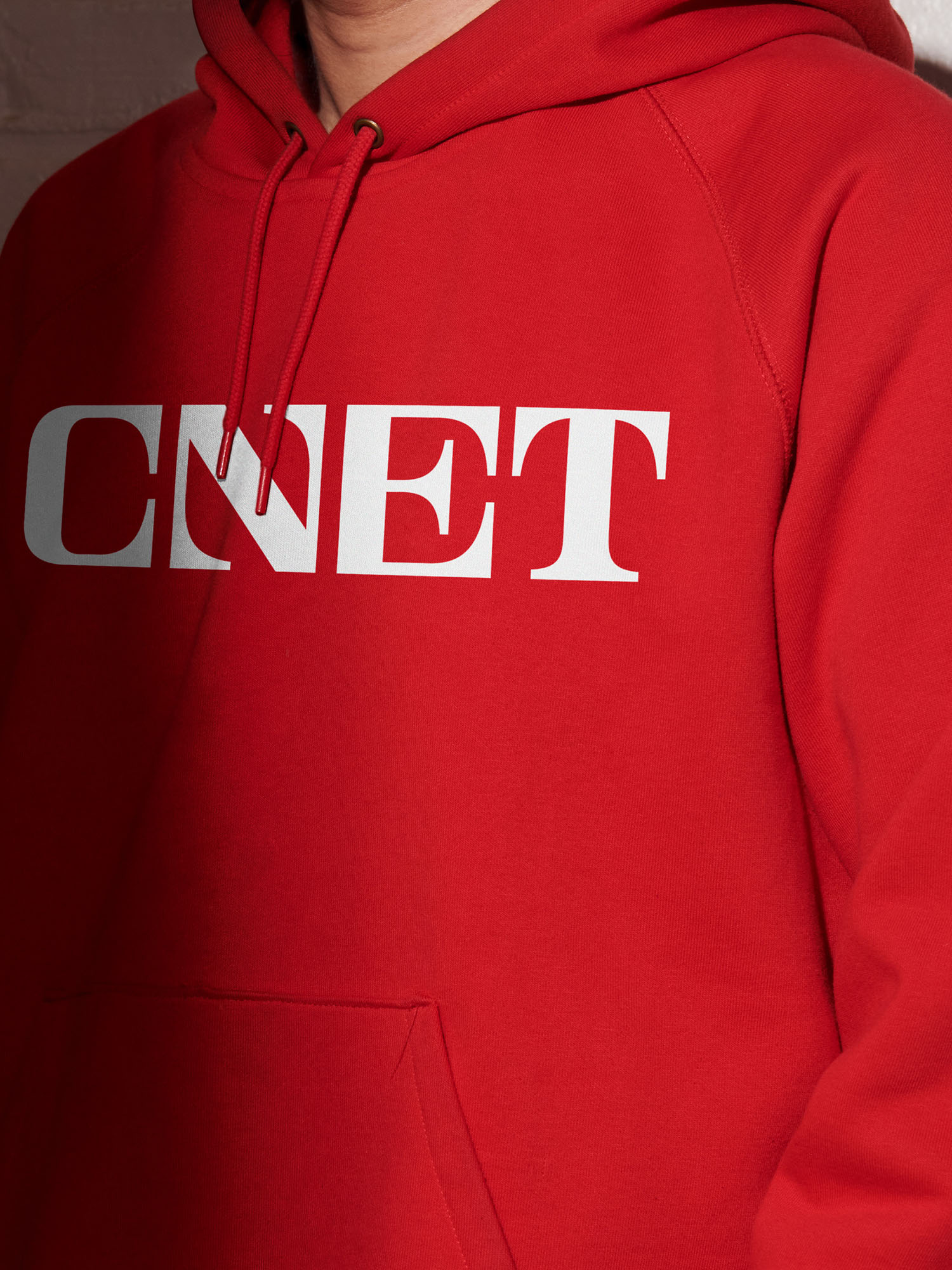


CHALLENGE
You’d be forgiven if you thought the 24-hour news cycle was replaced by a 60-second one, where as soon as you’ve read the latest news, it’s already changed.
In this frenzy to publish what’s new, many outlets have forgotten the main purpose of journalism—to share useful information, not every bit of it.
Since they began in 1994, CNET has been one of the world’s most trusted sources for reporting and advice about technology and digital culture because they understand two things:
First, we might live in a hyper-changing world, but that doesn’t mean we need to be aware of every change. CNET’s experts save us from TMI by focusing on the latest info that helps us.
Second, most of the news that people think is worth their time, actually isn’t. Even the most trustworthy outlets often fail to tell us how to use their reporting to improve our day-to-day life. But CNET provides coverage that connects those dots, from general awareness to taking action.
CNET realized their type of service journalism—elevating what’s important and making it applicable—extends beyond tech. Which is why they’re now expanding their coverage and advice to what matters most in modern life, including money, home, wellness, culture, cars and climate.
To help the world notice, they invited COLLINS to craft a new brand strategy, story and identity that transforms CNET from a tech-review site into an editorial-first brand people trust for its shockingly useful information as much as its expertise.
SOLUTION
After meeting with their editors and publishers to discuss their renewed vision for CNET, we saw how their combination of expert reporters and multiple channels could turn a constantly changing world into practical opportunities for people.
More than just looking like a different type of news source, we worked with CNET to better express their unique form of service journalism. They are now able to articulate what they want people to do with CNET’s reporting—and set the bar for what the rest of the industry should provide. To signal this transformation, we had to plant CNET’s flag alongside other trustworthy, timely and leading news organizations.
Faced with today’s partisan publications on one end and clickbait factories on the other, we looked to broadcast journalism giants from the 1950s through 1970s—the decades before the FCC abolished the fairness doctrine requiring outlets to represent differing viewpoints. A time when the news was deeply respected and viewed as a public good.
This led us to create a new wordmark that aims to be trustworthy while also pointing to a fresh way forward. It heralds a new and open editorial experience that allows their stories and advice to have a sense of importance—in any media channel—without crowding each other out.
In marketing their new approach, we also leaned into bold surrealism for its ability to spark people’s imaginations about what they could expect to achieve with CNET’s coverage. It encompasses a new brand voice that seeks to make talking about the news enjoyable—while remaining distinct from their helpful editorial style.
With a refocused story and new identity, CNET is poised to make people notice that the news can be something more than fleeting ideological talking points or mindless clickbait—it can turn the daily firehose of information into a useful tool that improves their lives every day.